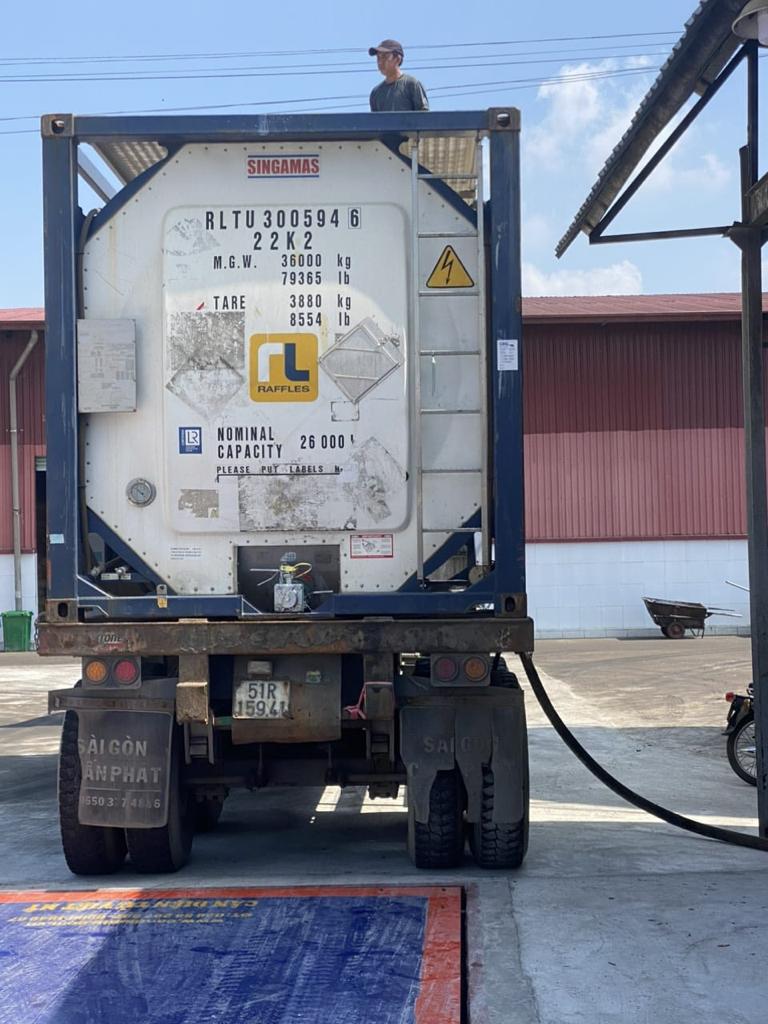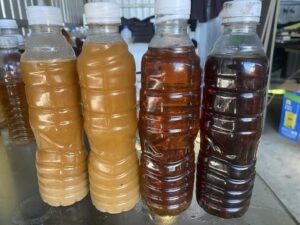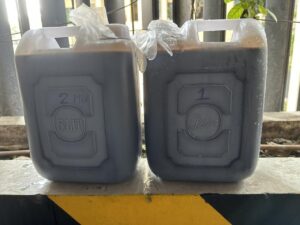UCO Overview
Used cooking oil can indeed be used as a feedstock for biodiesel production. Biodiesel is a renewable alternative to conventional diesel fuel that can be produced from various sources, including vegetable oils, animal fats, and used cooking oil.
Here are the general steps involved in the biodiesel production process using used cooking oil:
Collection and filtration: Collect the used cooking oil from restaurants, homes, or other sources. Filter the oil to remove any solid particles or impurities.
Pre-treatment: Heat the filtered oil to remove any water content present in it. Water can interfere with the subsequent reactions in the production process and can lead to soap formation.
Transesterification: The primary chemical reaction involved in biodiesel production is called transesterification. In this step, the triglycerides present in the oil react with an alcohol (typically methanol or ethanol) in the presence of a catalyst (such as sodium hydroxide or potassium hydroxide). This reaction converts the triglycerides into biodiesel (fatty acid methyl or ethyl esters) and produces glycerol as a byproduct.
 Separation and washing: After the transesterification reaction, the mixture is allowed to settle. The glycerol, being heavier, separates from the biodiesel. The glycerol layer is drained off, and the remaining biodiesel is washed to remove any residual impurities or catalyst traces.
Separation and washing: After the transesterification reaction, the mixture is allowed to settle. The glycerol, being heavier, separates from the biodiesel. The glycerol layer is drained off, and the remaining biodiesel is washed to remove any residual impurities or catalyst traces.
Drying: The washed biodiesel is dried to remove any remaining water content. Water in the biodiesel can cause operational issues in engines and can lead to microbial growth during storage.
Optional purification: If desired, the biodiesel can undergo additional purification steps, such as further filtration or the use of adsorbents, to improve its quality and remove any remaining impurities.
Testing and quality control: The final biodiesel product should be tested to ensure it meets the required quality specifications, such as fuel standards and regulations. Common quality parameters include viscosity, flash point, cetane number, and acid value.
It’s important to note that the specific biodiesel production process can vary depending on the equipment and resources available. Additionally, local regulations and guidelines may dictate specific requirements for biodiesel production, so it’s essential to research and adhere to the applicable laws in your region.
Using used cooking oil for biodiesel production offers several benefits, including reducing waste, utilizing a renewable resource, and decreasing reliance on fossil fuels. However, it’s crucial to ensure proper collection and handling of the used cooking oil to maintain the quality of the biodiesel and avoid contamination.
History
 The history of using used cooking oil for biodiesel production dates back several decades. Here is an overview of the key developments and milestones in the history of using used cooking oil for biodiesel:
The history of using used cooking oil for biodiesel production dates back several decades. Here is an overview of the key developments and milestones in the history of using used cooking oil for biodiesel:
Early experimentation: In the 1970s, during the oil crisis, there was a growing interest in finding alternative fuels. Researchers and individuals began exploring the possibility of converting vegetable oils, including used cooking oil, into a substitute for diesel fuel.
Rudolf Diesel: Rudolf Diesel, the inventor of the diesel engine, initially designed his engine to run on vegetable oils. In his 1900 patent, he stated that “the diesel engine can be fed with vegetable oils and would help considerably in the development of agriculture of the countries which use it.”
1980s and 1990s: Biodiesel production from used cooking oil gained traction during this period. Various organizations, including universities and research institutions, started experimenting with the transesterification process to convert the oil into biodiesel.
 Government support: Governments worldwide began recognizing the potential of biodiesel as a renewable fuel source. In the early 2000s, several countries, including Germany, the United States, and Brazil, implemented policies and incentives to promote biodiesel production and use, which encouraged the use of used cooking oil as a feedstock.
Government support: Governments worldwide began recognizing the potential of biodiesel as a renewable fuel source. In the early 2000s, several countries, including Germany, the United States, and Brazil, implemented policies and incentives to promote biodiesel production and use, which encouraged the use of used cooking oil as a feedstock.
Environmental benefits: The use of used cooking oil for biodiesel production gained attention due to its environmental benefits. By repurposing a waste product, it helps reduce the disposal of used cooking oil into landfills or wastewater systems, thereby minimizing environmental pollution.
Industrial-scale production: With the growing demand for biodiesel, larger-scale production facilities started incorporating used cooking oil as a feedstock. These facilities often collaborate with restaurants, food manufacturers, and waste management companies to collect and process significant quantities of used cooking oil.
Today, the utilization of used cooking oil for biodiesel production continues to play a significant role in the renewable fuel industry. It offers a sustainable solution for waste management and contributes to reducing greenhouse gas emissions by displacing fossil fuels in transportation.
